During the past several months, I have listened carefully and read with interest the process that the town of Niagara-on-the-Lake is taking to develop a street tree inventory. Discussion on this subject has centred on the actual need for an inventory, how the rights of individual citizens may be compromised in the process that has been identified, the solicitation of volunteers to assist in an analysis of regionally rare and significant trees, and numerous other factors involved in the development of a street tree inventory.
Need for Inventories
Giedraitis and Kielbraso (1982) reported that on average 61% of forestry budgets were earmarked for the management of street trees and 26% of municipal budgets were set aside for park trees. Regrettably, in the same survey, only 22% of the respondents knew with any degree of certainty the number of trees under their actual responsibility.
Barsett (1978) feels that an inventory is necessary in order to establish a current list of trees that need to be managed, to facilitate planning and scheduling, and to monitor maintenance tasks as well as assist in the preparation of a budget.
In Robert W. Miller's book entitled Urban Forestry, he indicates that "the primary benefit of a good street tree management plan should be to maximize public benefits from street trees and to minimize public expense in order to achieve these benefits". He goes on to point out that inventories may vary depending on the actual size of the community, level of service desired and potential vegetative problems. Niagara-on-the-Lake is not unique in this regard.
Several years ago, an article appeared in The St. Catharines Standard (October 1986) that dealt with the "need for better methods of determining when old trees might be diseased or at the risk of toppling". Dan Zakula, former Superintendent for Regional Niagara Roads testified in court that "the issue of dealing with problem trees is touchy in Niagara-on-the-Lake because of the public backlash that usually accompanies any attempt to cut one down. In fact, even people who don't live in the town get very upset when a problem tree is removed."
More recently, in April 2000, an article appeared in the Niagara Advance, in which a town resident expressed her displeasure at the removal of a large, seemingly healthy Manitoba Maple. She also questioned why other trees in the Old Town were being removed in a "seemingly senseless" manner. While I agree that unsafe trees need to be removed, my major concern at present is the need for suitable replacement trees that contribute to the natural heritage of this historic town. A Master Tree Planting Plan would be an appropriate document to have for the Old Town. This is the logical evolution of a tree inventory.
Much of the attractiveness of Niagara-on-the-Lake is based on its architectural heritage. However, a significant part of this community's identity is the vegetative canopy. With the recent removal of several trees on the main street, one wonders what replacement trees will be planted to maintain the aesthetic quality of the existing streetscape. Consideration needs to be given to the planting of native trees where possible, in order to complement the natural heritage of Niagara.
In addition to the examples already cited, a beautiful old silver maple that has admirably served as a boulevard tree for 80 years or more is about to be "stressed" due to the widening of a road and a new and apparently safer layby. Some town officials feel that the presence of the road has already damaged the roots and despite the fact that the widening of the layby will stop within four feet of the trunk, some feel that no further damage will occur. A steady decline in tree vigor is inevitable.
As the first step in the development of a Master Street Tree Planting Plan, an inventory needs to be conducted to accurately identify the number of trees present, the species, their actual location and the size of the tree itself. In addition, Leonard E. Phillips indicates in the December 1979 issue of Weeds, Trees and Turf that any street tree inventory should consider the following objectives:
- To count all street trees growing within community boundaries.
- To count all trees by species.
- To record needs and problems of all trees, such as fertilizing, disease, shade canopy, insect damage, conflicts with utilities and other evaluative data.
- To employ the information gathered in programming tree care activities and to point out needs for additional plantings or alternatives to the streetscape.
Recording Tree Data
Data collected should conform to the stated needs of the community, as well as the stated objectives of the inventory. Some of the important considerations that should be recorded during the field analysis include:
- Work area and street number for cross referencing.
- Species name (botanical/common name).
- Height.
- DBH (Diameter Breast Height).
- Tree condition.
- Street name.
- Location of each tree and distance from curb / buildings.
- Tree caliper, condition and monetary value.
- Tree number.
- Proximity to nearest utility pole.
- Sequence umber, written addresses or within blocks.
- Presence / absence of overhead lines including height.
- Underground utilities.
- Crown spread and biomass.
All of the above information should be computerized, which would make the inventory more readily available, assist in species selection for revised planting plans and facilitate scheduling of tree maintenance, as well as improve administrative efficiency.
Data Collection and Input
McPherson (1984) outlines several steps that are normally taken when trees are inventoried in the field. The steps are as follows:
- Obtain or draw base map(s) of the area to inventory. Draw to same scale as vegetation data.
- Obtain vegetation data. This may be in the form of existing planting plans or aerial photographs.
- Check the scales of the base map and vegetation data. They should be the same.
- Decide whether to divide the area into smaller work areas.
- Determine the appropriate grid size. A 50 ft2 grid was used in Central Park in New York City.
- Draw the grid on mylar, which can then be overlaid on base maps, or draw it directly on the base maps.
- Locate trees on the base map using aerial photographs, existing plans, or field measurements.
Types of Inventories
According to Miller (1988), tree inventories fall into four general categories: windshield surveys, sampling, tree data files and computer inventories.
-
Windshield Survey:
Inexpensive, effective procedure for small communities where survey can be repeated periodically. Also useful for larger communities as a preliminary planning tool.
-
Sample Survey:
Provides estimated averages and assumes a homogenous tree population. Mr. Miller indicates that this category provides limited data on the general condition of the street tree population as well as species distribution.
-
Tree Data Files:
Different from the above in that they record location of individual trees within the community on an individual tree data card.
-
Computer Systems:
A computer system is by far the most practical and efficient way of maintaining a street tree inventory. Many programs are readily available on the market.
Once the inventory has been completed, a Master Street Tree Planting Plan should be prepared. This plan is based on data obtained in the field including below ground considerations; it documents the existing inventory, and identifies appropriate trees for the future.
References
Giedraitis, J.P. and Kielbraso, J.J. Municipal Tree Management. Urban Data Service Reports, Vol.14, no.1. International City Management Association. Washington, DC. 1982.
McPherson, E.G. A Utah Park Tree Inventory System and Case Study (A Technical Report). Utah Division of State Lands and Forestry, Salt Lake City, UT. 1884.
Miller, Robert F. Urban Forestry - Planning and Managing Urban Greenspaces. Prentice Hall, Englewood Cliffs, NJ. 1988.
Niagara Advance. "Destruction of Trees Senseless". April 2, 2000.
Phillips, Leonard E. "Implementing A Street Tree Inventory and Planning System", Weeds, Trees and Turf. 1979. Pp.18-20, 22-23.
St. Catharines Standard. "Region Sued Because Tree Fell Down". October 15, 1986.




